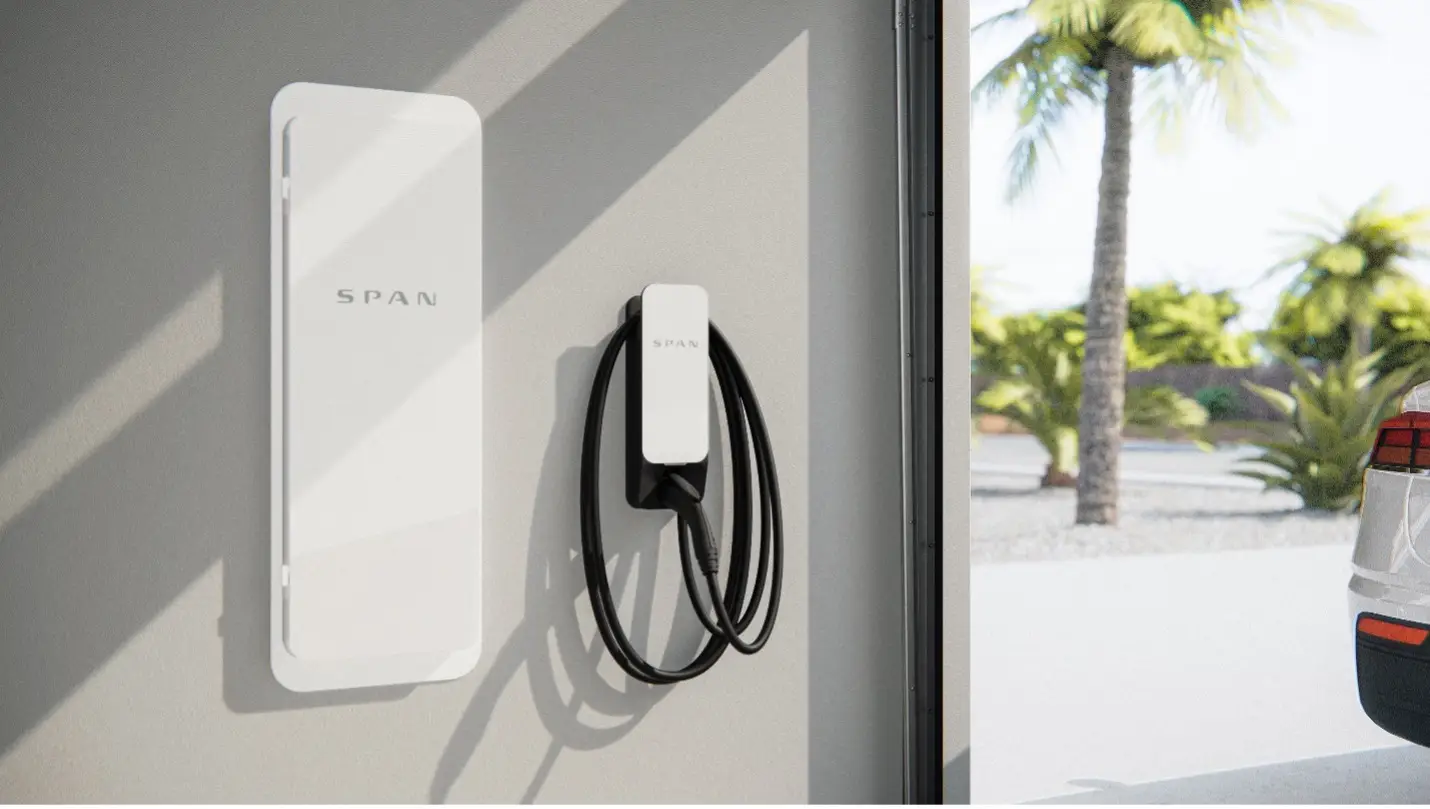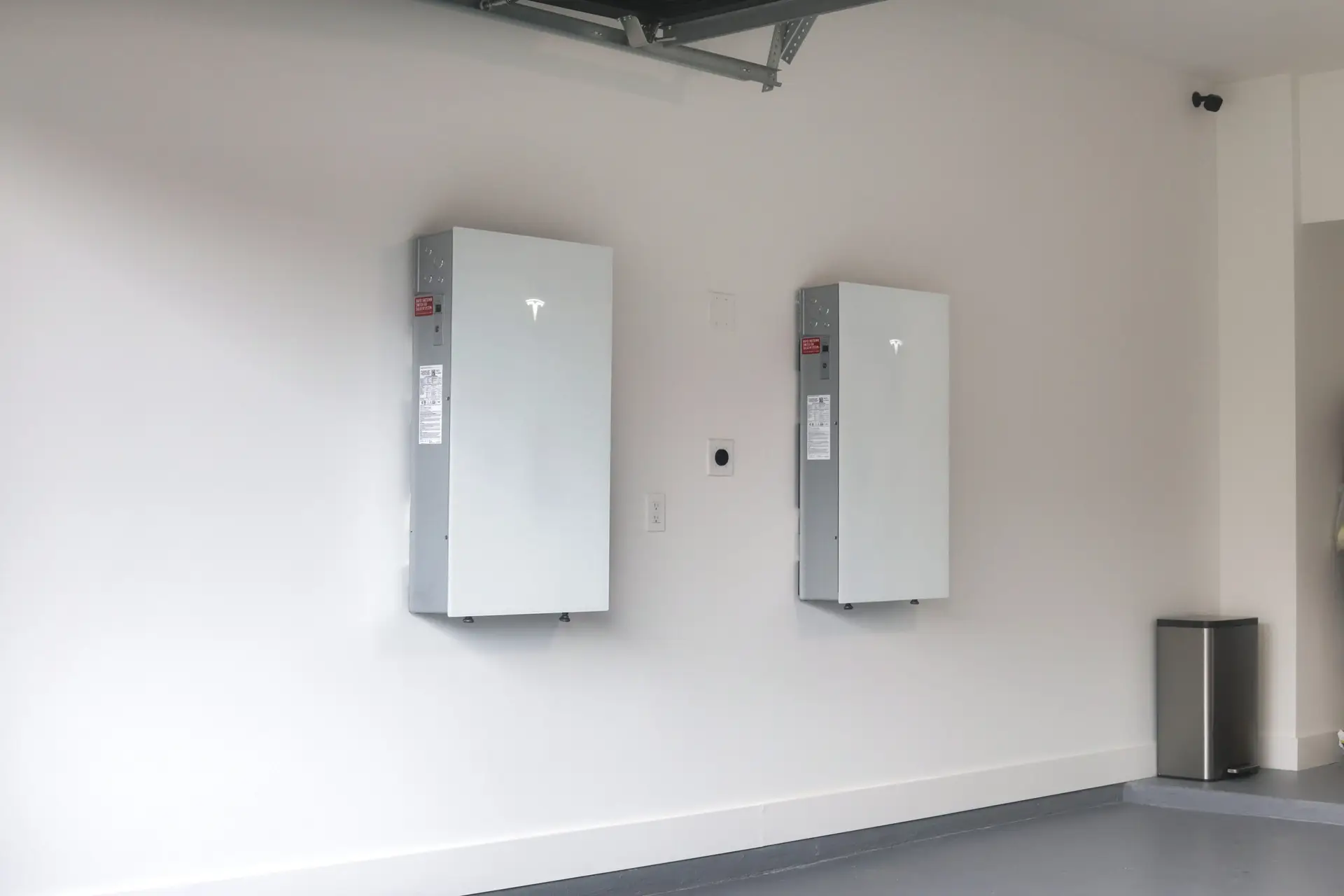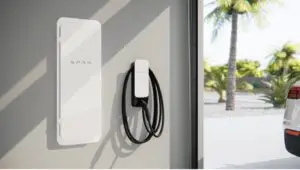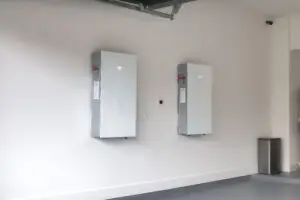Do Solar Panels Work in Snow & Winter? Efficiency Tips
As temperatures drop and days get shorter, even here in the Greater Houston area, homeowners may wonder whether solar energy is still a viable solution during the winter months. The good news is that solar panels continue to be an effective and reliable source of clean energy, even in our region’s cooler winter conditions. Let’s explore how solar panels save energy and money during winter, address common concerns specific to Texas, and offer tips for optimizing their performance.
Do Solar Panels Work in Winter?
Yes, solar panels work in winter! While shorter daylight hours during the colder months may slightly reduce overall energy production, solar panels continue to generate electricity efficiently even in cooler temperatures. In fact, they perform better in these conditions than in the extreme heat of Texas summers.
Despite winter being cooler, Texas enjoys sunny days year-round, and even on cloudy days, the sun’s rays are still strong enough to power your home or business. So, whether you’re a homeowner or a business owner, you can still count on solar energy to help reduce electricity costs, even during the winter months.
How Cold Is Too Cold for Solar Panels?
Surprisingly, solar panels thrive in cold temperatures. They operate more efficiently when it’s cool, and as long as there’s sunlight, they will convert it into electricity. Even in areas with harsh winters, solar systems continue to perform well. Extremely cold temperatures don’t affect the function of the panels, but rather, the cold can actually help improve their efficiency, as heat can sometimes reduce the performance of solar cells.
That being said, for homeowners and businesses in the Greater Houston area, cold weather is rarely an issue for solar panel performance. Houston’s winters are generally mild, with temperatures rarely dropping below freezing. This makes the region ideal for solar energy use, as the cool temperatures help panels operate efficiently, and despite shorter daylight hours in winter, they continue to generate electricity effectively, especially on sunny days.
Do Solar Panels Work Covered in Snow?
A light dusting of snow usually slides off panels due to their smooth surface and angled installation. However, if panels are completely covered by heavy snow, their energy production may temporarily decrease. The good news is that once the sun comes out, the snow often melts quickly due to the heat the panels absorb. If snow accumulation is a concern, gently removing it with a soft brush designed for solar panels can restore energy production. Avoid using hard tools that could damage the panel surface.
Winter Factors Impacting Solar Panel Performance
Despite the advantages of winter conditions, there are other factors that can influence solar panel performance.
- Shorter Days: Fewer daylight hours mean less time for panels to generate electricity.
- Weather Conditions: Cloudy days may reduce solar output, though panels still capture diffuse sunlight.
- Snow Accumulation: Heavy snow can temporarily block sunlight, though most systems recover quickly once the snow melts or is cleared.
- Panel Tilt: Adjusting the tilt of your panels can help capture more sunlight during the lower winter sun angle, optimizing energy production.
Use Battery Storage to Avoid Peak Rates
To ensure optimal performance and maximize energy savings during winter, it’s a great idea to pair your solar system with a battery storage solution like the Tesla Powerwall, Franklin aPower 2, or Enphase IQ Batteries. Whether you live in a colder state where winters are harsher or in Texas with its mild winters, pairing your solar system with a battery storage solution is one of the best ways to maximize energy efficiency year-round. In colder climates, where sunlight may be limited, a solar battery stores excess energy generated during sunnier hours, ensuring you have power when the sun isn’t shining.
In Texas, the mild winter temperatures actually help your panels operate efficiently, allowing you to generate even more energy. By storing that excess energy, you can use it during peak electricity rate hours or on cloudy days, reducing your reliance on the grid and saving on energy costs.
How to Take Care of Your Solar Panels During Winter
Now that you know how to maximize energy production, it’s important to take care of your solar system to ensure it continues performing at its best during the winter months. To ensure your solar panels continue to perform optimally during the colder months, follow these essential maintenance tips:
1. Regular Cleaning:
While snow isn’t a common concern in the Greater Houston area, if you do experience light snowfall or heavy rain, it’s important to regularly check for any buildup of debris or dirt on your panels. Use a soft brush or broom to gently remove any accumulation, ensuring the panels are free to absorb sunlight efficiently.
2. Monitor Performance:
Keep an eye on your system’s energy output, especially during the winter when daylight hours are shorter. Monitoring apps provide real-time data on your system’s performance, helping you identify any performance issues quickly, ensuring your panels are operating at peak efficiency.
3. Check for Shading:
During winter, the position of the sun changes, and long shadows from trees, nearby structures, or buildings can impact your panels’ efficiency. Ensure there are no new sources of shading affecting your system’s performance, and trim any overgrown branches or foliage that may block sunlight.
4. Inspect Panels:
After heavy rainfall, storms, or extreme weather, inspect your panels and mounting system to ensure they are secure and undamaged. Any debris or damage can reduce the efficiency of your system, so make sure everything is in top condition for continued energy generation.
5. Battery Maintenance:
If you’ve paired your solar system with battery storage, it’s important to follow the manufacturer’s guidelines for winter care. Cold temperatures can affect battery performance, so ensure your battery is stored and maintained in optimal conditions to maximize its efficiency and lifespan during winter.
By staying proactive with these steps, you can ensure your solar panels continue to work efficiently throughout the winter months, providing reliable energy for your home or business year-round.
In conclusion, whether you live in a region with harsh winters or experience milder conditions like the Greater Houston area, solar panels remain a reliable and sustainable energy solution year-round. They continue to save you money, reduce your carbon footprint, and provide efficient energy even during the colder months. By understanding how solar energy works in winter, addressing common concerns, and following essential maintenance tips, you can ensure your system performs optimally all year long. Embrace the power of solar energy and enjoy long-term savings and sustainability, no matter the season.
Ready to make the switch? Contact us today to explore the best solar solutions for your home this winter and beyond.







